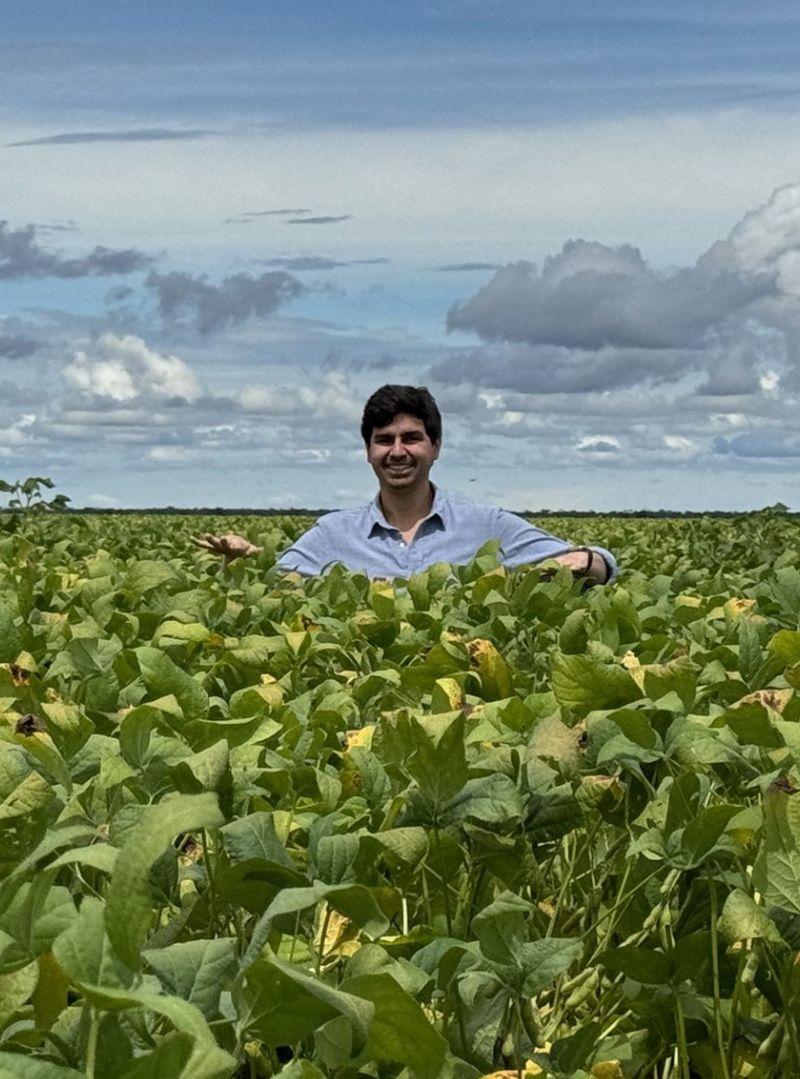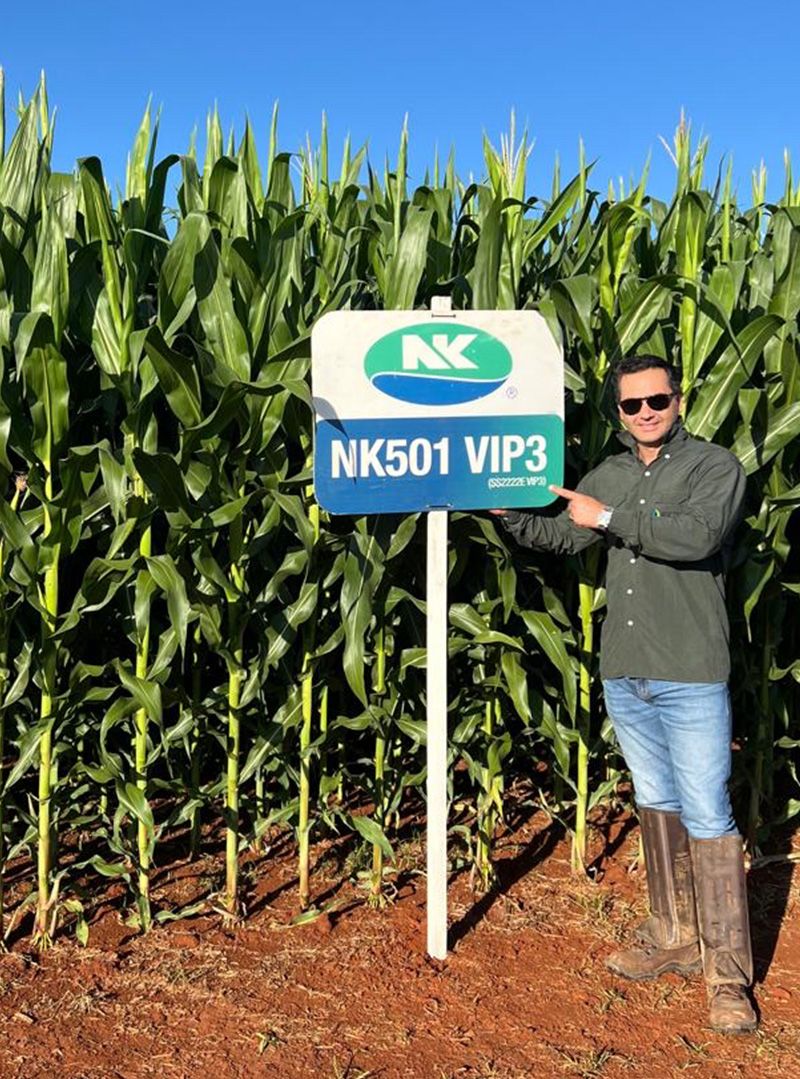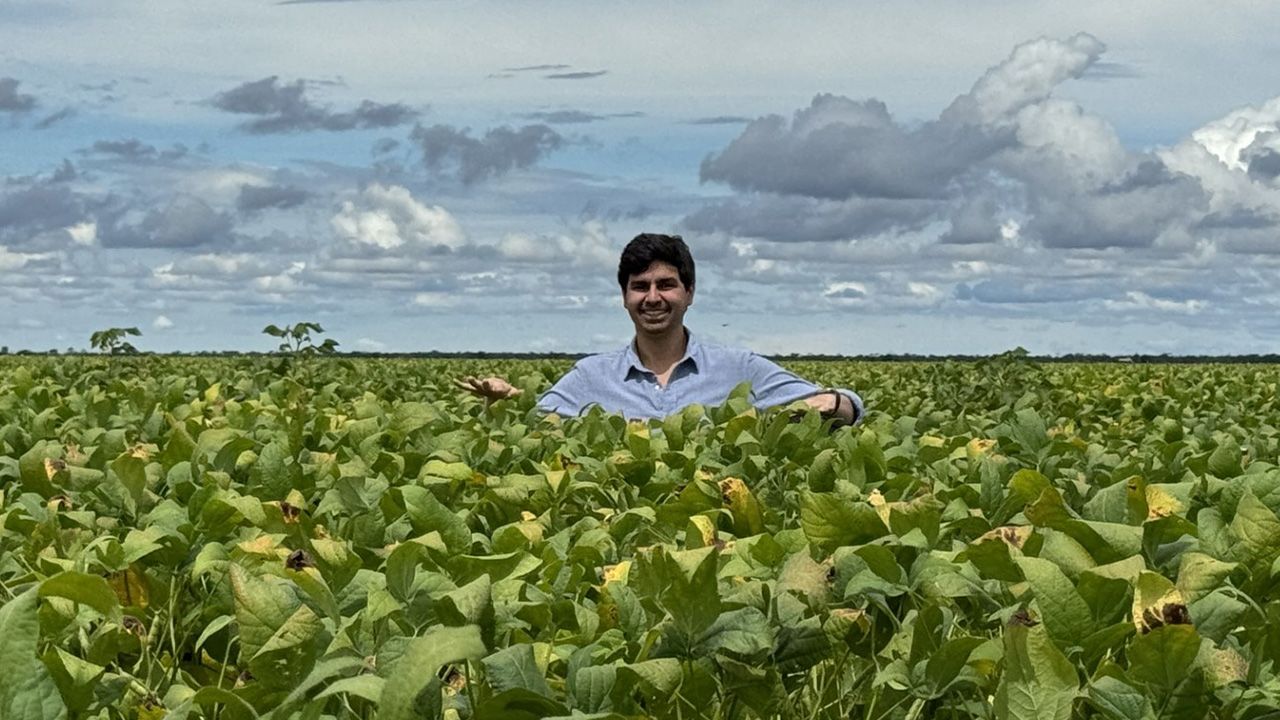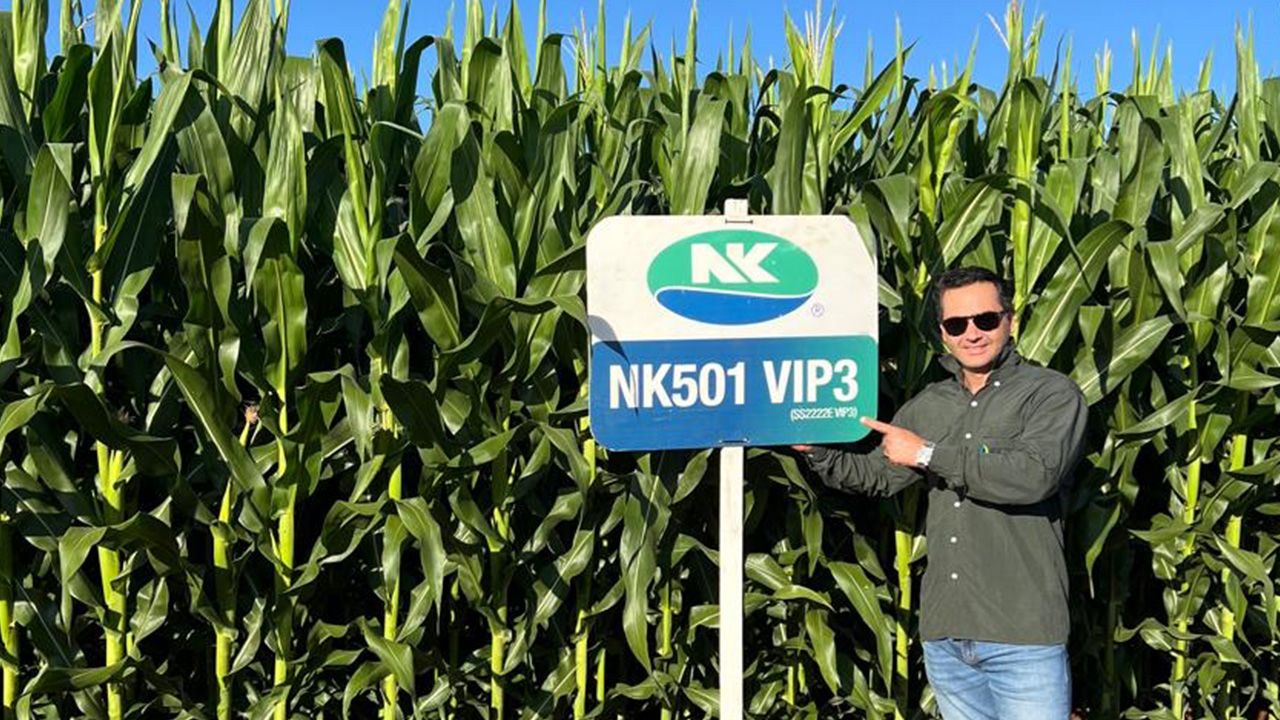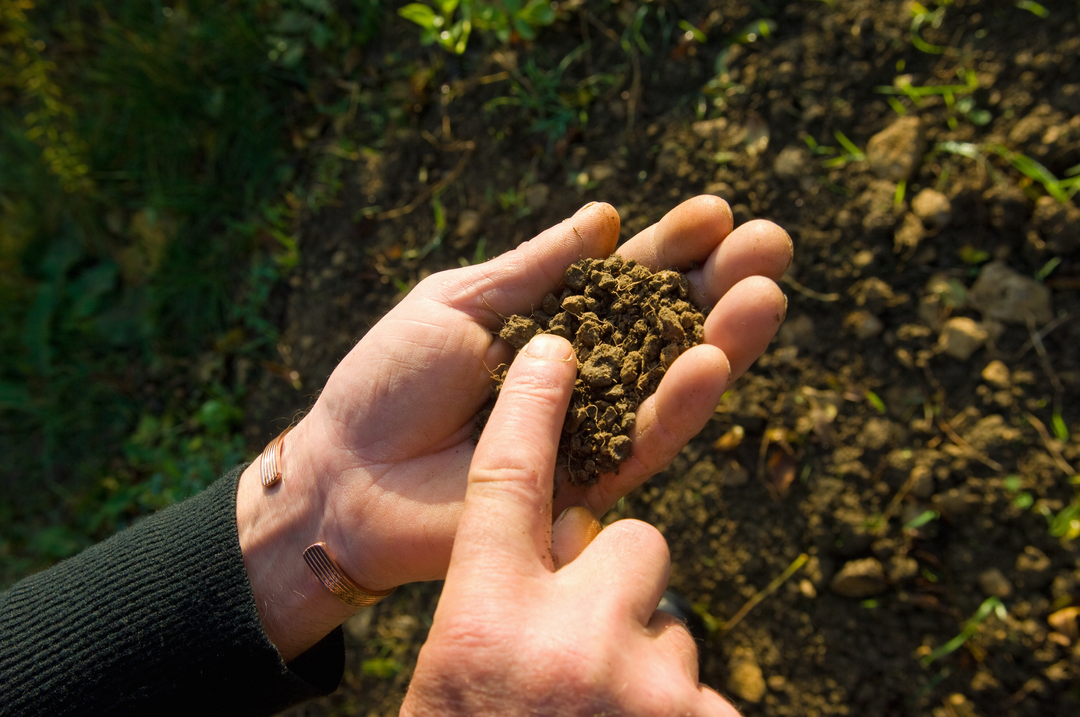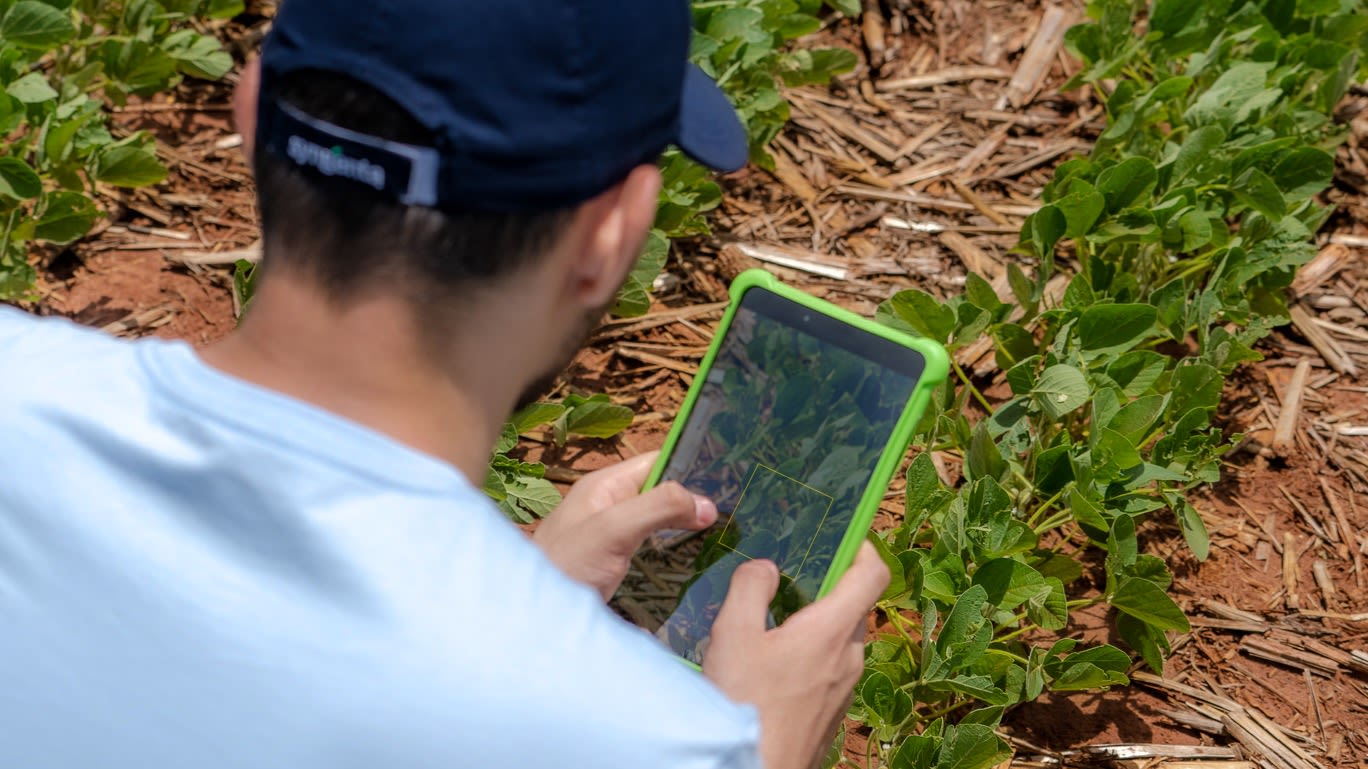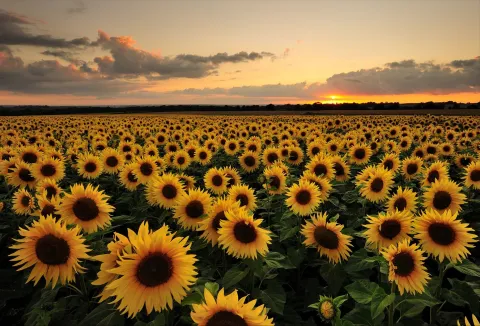Regenerative seed production in Brazil
How farmers produce three million bags of corn seed while protecting soil health
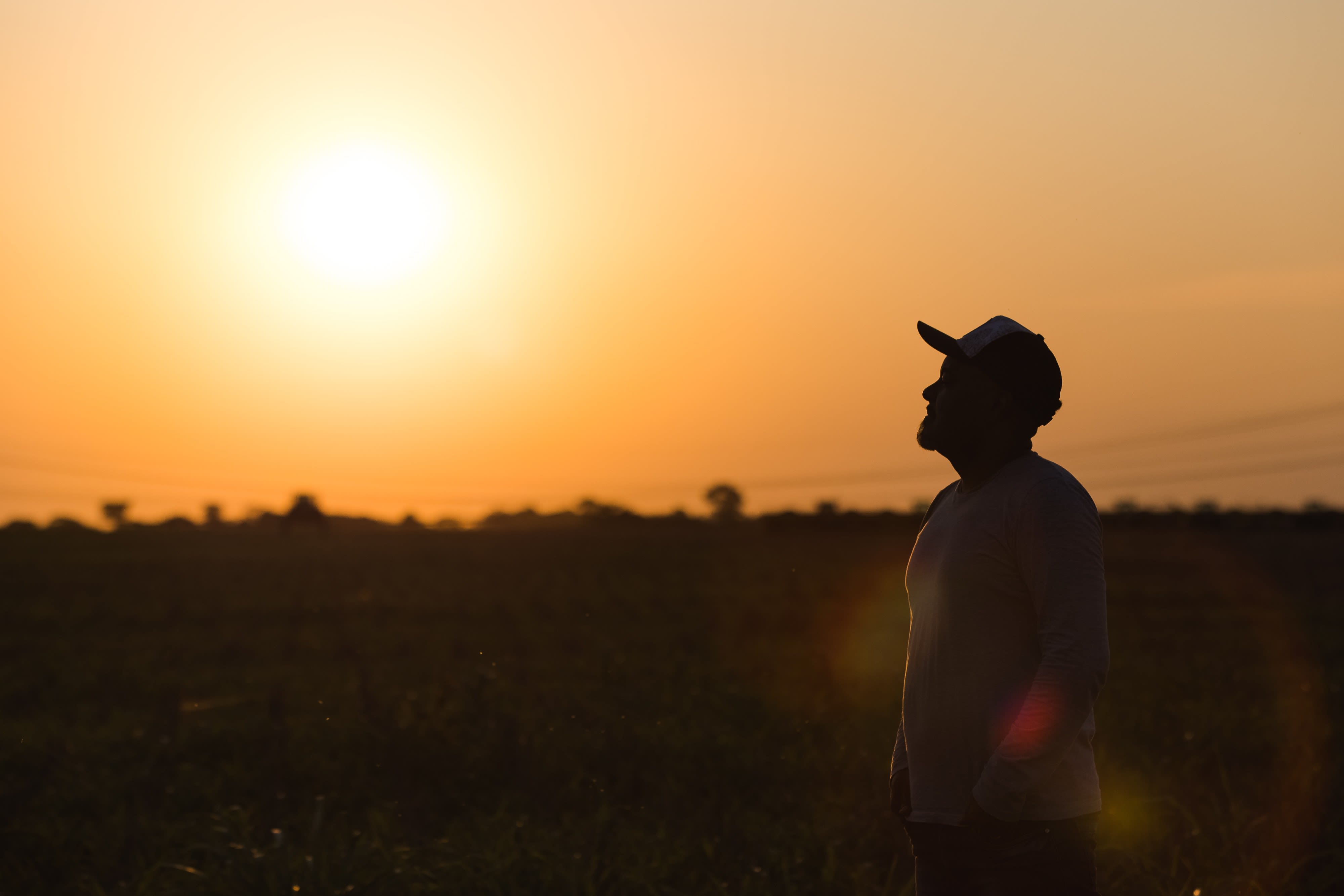
Asked about regenerative agriculture, Miguel Prado smiles. “We use cover cropping so much, the fields look like a salad.”
Prado is deeply proud of his work as a farmer. Based in Cocos, in the west of the country, he’s part of Brazil’s agricultural heartland. On more than 140,000 hectares of land, he grows a variety of crops from cocoa and tobacco, to cotton, all of which thrive in Brazil’s tropical climate.
He’s also been a corn seed producer for Syngenta for a decade, partnering with them to help grow a fraction of the three million, 20kg bags of corn seeds that Syngenta brings to Brazilian farmers every year.
As covered in part one of this series, Syngenta is working with contracted seed producers around the world to introduce the five principles of regenerative agriculture to their operations.
These principles can help enhance soil health and boost farmland productivity. Prado explains: “When it comes to regenerative agriculture in Brazil, it's perhaps not as hard as in the USA or EU. We started no-till farming 20 years ago. Brazilian producers are open to these ideas.”
But, as Vinicius Andrade, Syngenta's Director of Seeds Production Research, Procurement and Sustainability in Brazil, points out, seed producers the country have faced their own unique challenges in recent years.
“The past few years have seen big pest pressure. Corn stunt, a disease spread by leafhoppers, totally changed the market. We’re bringing in new hybrids with great tolerance like the new NK501 hybrid – our aim is one million bags of NK501 seed a year.”
Miguel Prado farms in Cocos, in the west of Brazil.
Miguel Prado farms in Cocos, in the west of Brazil.
Vinicius Andrade, Syngenta's Director of Seeds Production Research, Procurement and Sustainability in Brazil.
Vinicius Andrade, Syngenta's Director of Seeds Production Research, Procurement and Sustainability in Brazil.
Asked about regenerative agriculture, Miguel Prado smiles. “We use cover cropping so much, the fields look like a salad.”
Prado is deeply proud of his work as a farmer. Based in Cocos, in the west of the country, he’s part of Brazil’s agricultural heartland. On more than 140,000 hectares of land, he grows a variety of crops from cocoa and tobacco, to cotton, all of which thrive in Brazil’s tropical climate.
He’s also been a corn seed producer for Syngenta for a decade, partnering with them to help grow a fraction of the three million, 20kg bags of corn seeds that Syngenta brings to Brazilian farmers every year.
As covered in part one of this series, Syngenta is working with contracted seed producers around the world to introduce the five principles of regenerative agriculture to their operations.
These principles can help enhance soil health and boost farmland productivity. Prado explains: “When it comes to regenerative agriculture in Brazil, it's perhaps not as hard as in the USA or EU. We started no-till farming 20 years ago. Brazilian producers are open to these ideas.”
But, as Vinicius Andrade, Syngenta's Director of Seeds Production Research, Procurement and Sustainability in Brazil, points out, seed producers the country have faced their own unique challenges in recent years.
“The past few years have seen big pest pressure. Corn stunt, a disease spread by leafhoppers, totally changed the market. We’re bringing in new hybrids with great tolerance like the new NK501 hybrid – our aim is one million bags of NK501 seed a year.”
Miguel Prado farms in Cocos, in the west of Brazil.
Miguel Prado farms in Cocos, in the west of Brazil.
Vinicius Andrade, Syngenta's Director of Seeds Production Research, Procurement and Sustainability in Brazil.
Vinicius Andrade, Syngenta's Director of Seeds Production Research, Procurement and Sustainability in Brazil.
Regenerative agriculture in action
It isn’t just new pests that seed producers need to contend with, but Brazil’s agronomic conditions.
Andrade explains: “Brazil is unique compared to other countries in Latin America with very different soil and climate. Argentina, for example, has a nutrient dense soil which Brazil doesn’t have. Brazil’s soil can have low fertility or can often be acidic. This demands leading technology and knowledgeable growers to get the best out of the crop. Growers also need to meet profitability targets, so things are very competitive in most of the major commodities.”
It’s vital that the principles of regenerative agriculture aren't just good for the environment but can also make a real difference to a farmer meeting those economic targets.
Prado outlines just a few of the regenerative measures implemented across his land. “We’re certified as a regenerative farm in both cotton and cocoa, and we use no-till farming on everything apart from tobacco.”
It’s not just traditional regenerative practices that he uses either. He says: “More than 20 percent of the inputs we use are biologicals. We have our fermenter and production facilities for making our own microbial strains.”
Andrade agrees, seeing biologicals as a key tool to help seed producers across the country. He says: “We see farmers using a range of tools, including biocontrols, biostimulants and nutrient use efficiency products – a holistic strategy is essential in order to get the best possible outcomes.”
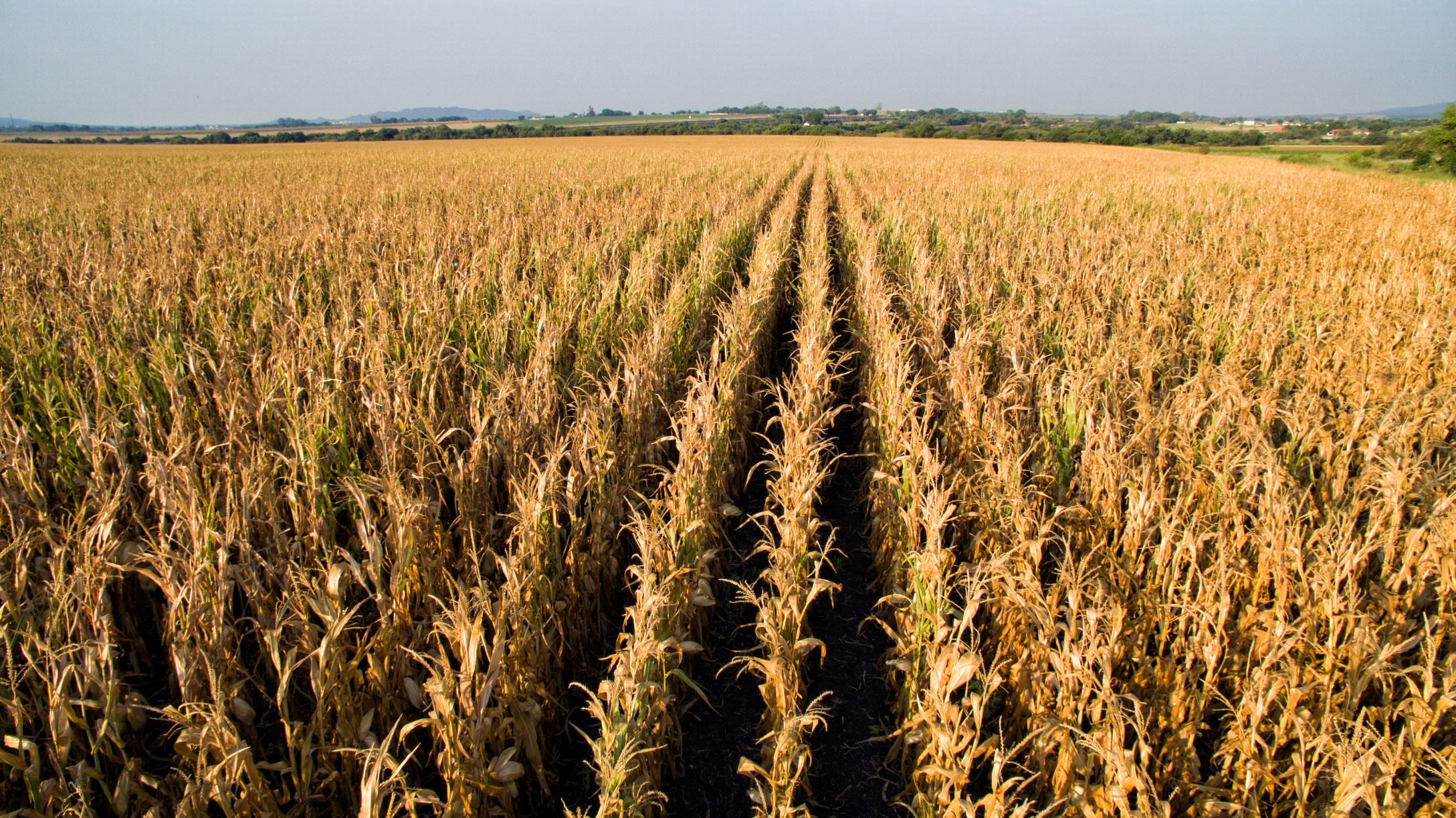
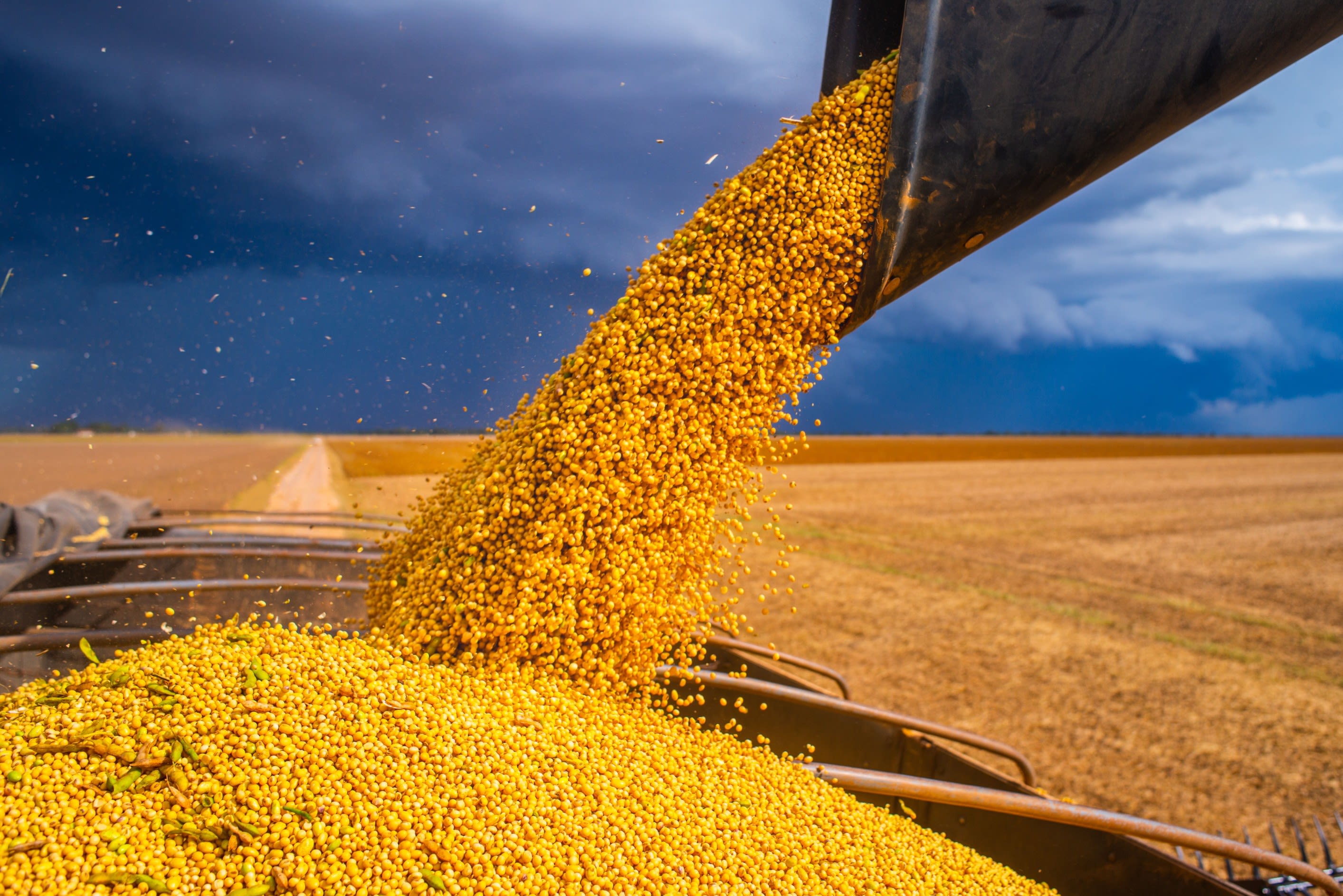
Boosting soil health
For Prado, all these ways of working are about boosting the health and quality of his soil. “We’re reducing soil compaction, and we now have fewer nematodes in the soil.” Prioritizing soil health isn’t just good for the planet but allows for diversified operations too. “With good soil health you have greater flexibility in the crops you choose to grow.”
For Andrade, this concern for soil health is something that many of Syngenta’s Brazilian corn seed producers share. “Soil is the most important tool that a farmer has to guarantee production quality,” he says. “High carbon content and a healthy microbiome is essential so some growers will use cover cropping even with two seasons.”
Partnering with farmers on introducing regenerative agriculture to their seed production means making soil health a priority.
Partnering with farmers on introducing regenerative agriculture to their seed production means making soil health a priority.
As Andrade has seen, partnering with farmers on introducing regenerative agriculture to their seed production means making soil health a priority.
He says: “In the same region there might be different growers with the same microbiome – one uses practices to guarantee soil health, and one doesn’t take care of their soil – keep everything the same and you see the productivity is different. We’ve learned this every single season, and the grower sees it too.”
However, that doesn’t mean there aren’t challenges. As Prado explains: “We have a warm climate that doesn’t get cold enough to kill off pests, so we need to use crop protection. The soil quality is not as good as Argentinian soil or US soil, so we may be less competitive because we need more inputs.”
Prado takes care to optimize production at every step of the process. He says: “We use Cropwise to monitor crop health and other systems to monitor telemetry – we want a high efficiency across all our machinery. Every aspect of our operation has key performance indicators that we monitor. We are paid by yield, so volume is what all of us want.”
Cropwise is used in the field to monitor crop health.
Cropwise is used in the field to monitor crop health.
It’s clear for Andrade that this process of partnering with farmers to introduce regenerative agriculture principles is only a small part of the process.
“Sustainability needs to be part of the routine for all of us – not just our farmers but at every step of the process. This is the only way in the future we can guarantee we will produce more with less.”


